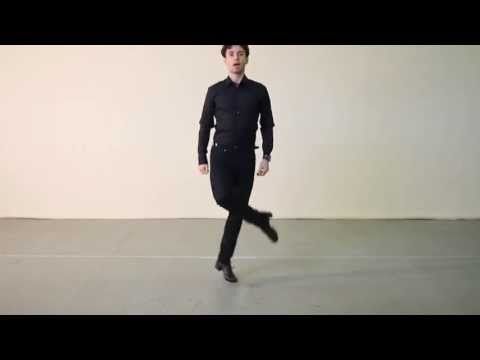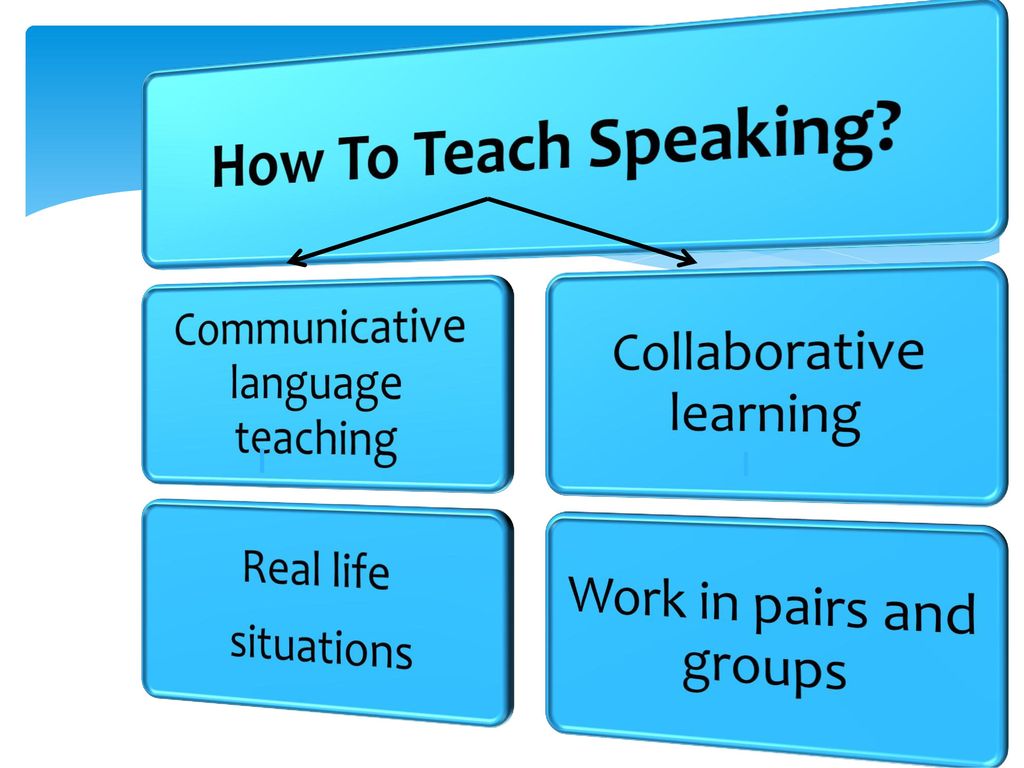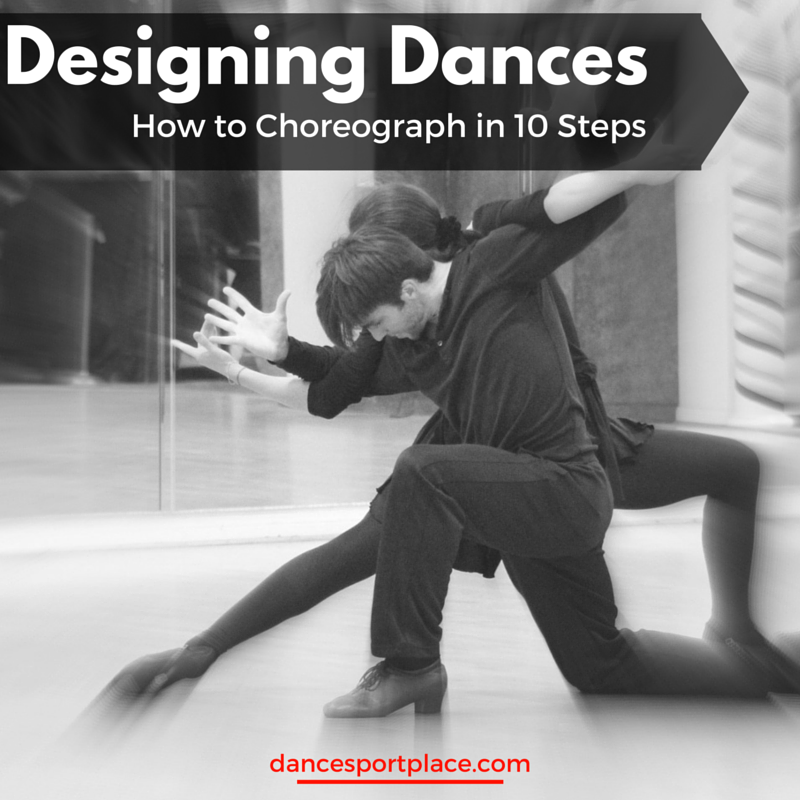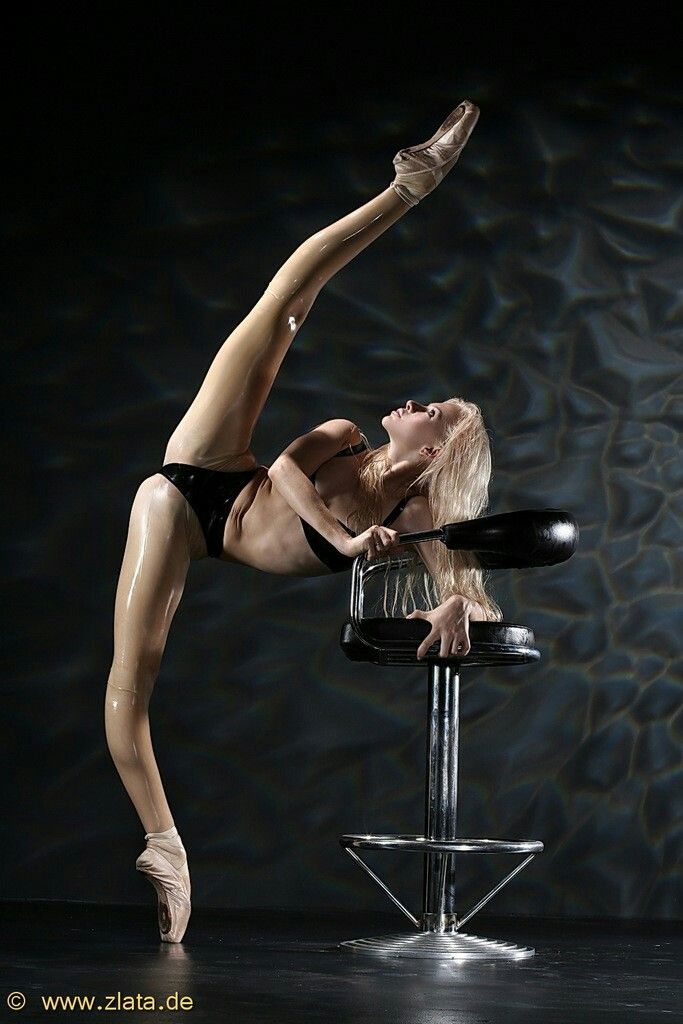How to teach line dancing
14 Tips for Teaching Line Dancing to Older Adults
3/24/2018
9 Comments
We’re all aging. But of course you know that, right? And you know about the changes that your mind and body are going through with every passing birthday – because you’re living the experience first-hand!
We know that with age comes a corresponding normal decline in sensory function, including vision, hearing, and touch. As we age, most of us lose some coordination, flexibility, and balance— primarily through inactivity, making it easier to fall.
We also know that more than 80% of people over 65 have some form of chronic condition (ie: hypertension or obesity) or are living with a chronic disease (ie: diabetes, asthma, stroke, arthritis or cancer). The effects of these chronic conditions/diseases, together with the normal changes that occur with aging, may impede our ability to learn new information and skills.
So, what does this mean for us as line dance instructors? What do we need to pay attention to when we teach a group of older dancers?
The answer? We need to integrate age-appropriate teaching strategies for older adults into our classes. Our approach to teaching older dancers must be planned, purposeful, and adapted to accommodate the potential special needs of the older person.
My years of experience as an adult educator, a line dance instructor and a health educator – combined with what the research says about teaching older adults – has helped me to fine tune my approach to teaching older dancers. And I’m excited to share my top lessons learned!
Here are my 14 age-appropriate teaching tips that every line dance instructor can use to promote healthy, safe, respectful and meaningful learning experiences for older dancers:
- Schedule dance classes in mid-morning when energy levels are high.
 Several brief teaches are more appropriate than one lengthy teach that might fatigue the older adult.
Several brief teaches are more appropriate than one lengthy teach that might fatigue the older adult. - Pause regularly during classes. Have chairs available and encourage older dancers to pay attention to their own bodies and rest when they need to. Suggest that they sit and watch, if that’s helpful!
- Allow additional time for the older dancer to process new information by pausing after presenting a series of new steps. Resist the urge to “over-plan” your class with too many teaches.
- Encourage reminiscing and storytelling. Help the older adult reconnect with lived experiences and stimulate memory! This is a fantastic strategy to help with learning. Ask questions such as: “When you hear this song, what does it remind you of?"; “Raise your hand if you remember dancing to this song years ago. What do you remember?”; “What other dance have we learned by this choreographer?”
- Emphasize safety and falls prevention.
 Eliminate tripping hazards in your dance space, watch to ensure that the older dancers lift their feet off the floor and keep the lighting bright to support clear vision. Note that some dancers may be partially sighted or may be living with vision loss that requires dimmer lights. Take time to learn about the specific needs of your dancers. Notice if they’re holding onto walls, furniture, or someone else when walking or if they appear to have difficulty walking or arising from a chair. Choose music at a tempo that best fits the ability level of your group.
Eliminate tripping hazards in your dance space, watch to ensure that the older dancers lift their feet off the floor and keep the lighting bright to support clear vision. Note that some dancers may be partially sighted or may be living with vision loss that requires dimmer lights. Take time to learn about the specific needs of your dancers. Notice if they’re holding onto walls, furniture, or someone else when walking or if they appear to have difficulty walking or arising from a chair. Choose music at a tempo that best fits the ability level of your group. - Speak slowly, but not so slowly that dancers become distracted or bored. Face the group whenever possible to explain a dance sequence, so that older learners can see your face and lips – some older adults with hearing loss may rely on lip reading.
- Speak clearly and concisely. Use words that are familiar to the older dancer. Be sensitive and respectful of the beliefs and values of the older generation.

- Provide hard-copies of step sheets. Use text that is easy to read, using large print (14-16 point font) with high contrast between the print color and paper (preferably black print on white or light cream, non-glare paper).
- Use visuals as helpful aids to your verbal instructions, particularly for older adults who learn best by seeing and watching. Print the name of the dance and song on a white board or use a large piece of newsprint. Include the number of counts or the choreographer’s name too! Prepare the newsprint before class, save them and reuse them at your next class. Make your letters at least 3-4 inches in height.
- Give specific directions. Break down a dance sequence and be explicit about where and how the foot should be placed. Say: “Step your right foot to the right side, about shoulder width apart, so that your feet are parallel to each other and your toes are all pointing forward.
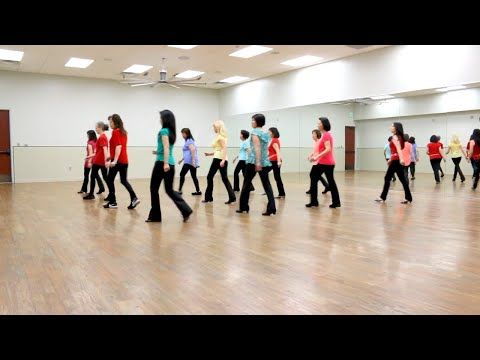 Your weight should now be on your right foot. Yes?” vs “Step to the right.”
Your weight should now be on your right foot. Yes?” vs “Step to the right.” - Engage the older dancer by encouraging participation during your teaching. Demonstrate a pattern or sequence first, and then describe it. Preview the dance to the song selection – this helps older dancers who may be more reflective and observational in their approach to learning.
- Repeat essential points frequently throughout the class. For example, say the name of the dance each time you start to dance it together. OR ask the group “What’s the name of this dance?” to boost their engagement. Reinforce at the end of each teach the name of the dance, song selection and choreographer’s name – similar to what you’d say at the start of your teach! This will help the older dancer to retain the information.
- Be consistent in the selection of words and dance terminology that you use during your teach to help the older adult mentally process the information and recall it.
 Count every dance in using the same introduction.
Count every dance in using the same introduction. - Approach the older dancer in a way that communicates respect, acceptance, and support. Create a learning environment in which the person can comfortably acknowledge what is and is not understood. Encourage questions and take the time to respond.
What have YOU learned about teaching older dancers?
Email me at [email protected] with your TOP TIP. I look forward to learning from you too!
Cheers,
Gerard
9 Comments
Learn How To Line Dance for Beginners
by Line Dance Crazy | How To Line Dance
You’ve seen it or you’ve heard about it and now you can read about learn how to line dance for beginners. First of all you SHOULD – mainly because it is so much fun and great exercise. If you are not sure how to get involved, let me give you some starting suggestions.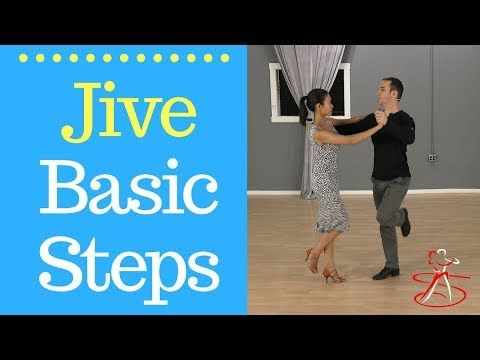
Line Dancing DVDs
If you are a little shy or lack confidence to attend classes or you simply don’t have a class in your area, you will get a great deal of fun learning from a good set of DVDs for beginners.
They will propel your skills and knowledge while teaching you the most popular terms and steps. If you do attend a class, using line dancing instruction DVDs will give you a huge leg up.
STEP SHEETS
Although the hardest way to learn, and probably not for absolute beginners, once you get a little understanding of how line dances are structured as well as some terms you will find it quite easy to learn from linedance step sheets.
Basically they are a written form of the choreography showing you how to linedance step by step (A breakdown of the dance including the number of beats required to fulfil each step or section should be included).
Then, beginning with a slow rhythm track and building up speed, you will soon become a master of the dance. A very popular place to find step sheets is from the kickit line dance site.
A very popular place to find step sheets is from the kickit line dance site.
CLASSES
By far the best way to learn line dancing is to attend a line dancing class in your local area. Here is a short list of reasons for attending a class.
- Personal instruction (you will need to find a good instructor, and you may have to try a few to find one that you are comfortable with)
- Watch others (you should also find they will be more than willing to help you).
- Meet and socialize with other line dancers – Adds to the fun of it all.
- Keeps you motivated.
Practice
Although not necessary, you will find your dancing will dramatically if you practice at home with either step sheets or a DVD as outlined above. You don’t need to spend a lot of time, just 10 minutes – 2 or 3 times a week (obviously more if you can find the time, especially in the beginning).
This will reinforce the dance in your mind and you should even find your fitness improving.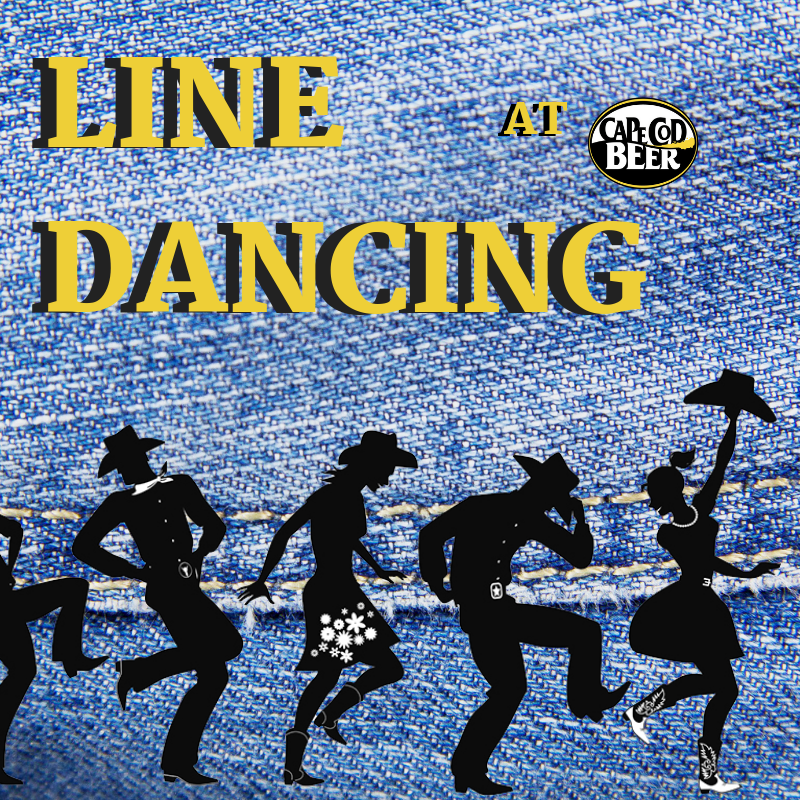 What a bonus!
What a bonus!
Reasons to learn how to linedance are many and include
- Health and Fitness
- Gain self confidence
- Friendship
- Lose weight through fun exercise
- Fun and enjoyment – even if you don’t have a partner
- Your Brain will get a workout too.
What to do next?
- Make some phone calls or search the internet for classes in your area.
- Check out the DVD’s I have recommended.
- Ask a friend who may know of someone who dances
Whatever you do, don’t put it off any longer and learn how to line dance for beginners.
Dancing in Chelyabinsk from the fitness club "Green Club"
-
More details
BELY DANCE
-
More details
ORIENTAL DANCES
-
Read more
WEDDING DANCE
-
Read more
ZUMBA
Our dance school
Our dance school is a great place for anyone to learn how to dance. We do not require a good physical shape, a well-placed step or special training.
We do not require a good physical shape, a well-placed step or special training.
- Directions of dances that you can learn with us:
- Belly dance
- Oriental dances
- Wedding dance performance
- ZUMBA
- Not yet implemented, but may appear in the future:
- Latin dance
- Argentine tango
- Ballroom
- Body ballet
- Club
We invite you to familiarize yourself with the class schedule and prices.
You can learn more about the direction and groups you are interested in by calling.
Salsa lessons
Salsa is a dance with Latin American roots, translated from Spanish as "sauce". This is a fast, dynamic dance. There are several classical styles of this dance:
- round-robin casino style, where partners walk "in an arc" towards each other,
- Los Angeles and New York are two linear styles.
Many of these styles have become sports and street styles of salsa over the course of history.
Currently, the club teaches the Los Angeles style, as well as Rueda de Casino (salsa round dance, where there is a constant exchange of partners).
Unlike other dances, reggaeton is a very energetic dance with amazing plasticity. It is usually given as a warm-up to dancers who have had some practice in salsa. At the same time, there are also slower styles of this dance.
Salsa is not just a dance, it is a way of life. And now the students of our school successfully demonstrate their skills at Latin American parties in nightclubs.
Argentine tango lessons
Argentine tango was born as a "folk phenomenon" in the port areas of Buenos Aires, and today incendiary tango has conquered and conquered the whole world.
Such an unusual popularity of this style of tango, which can only be “envied” by other styles, is not accidental. After all, this is a whole philosophy, a cultural phenomenon that lives, changes and develops with us.
We want to warn you right away that you do not need to have any experience to start classes. Moreover, if you do not yet have a partner for learning tango, we will help you find one. At the same time, you can start exercising without a partner, you will be able to take the first steps. This has been verified by many years of training of our master.
Moreover, if you do not yet have a partner for learning tango, we will help you find one. At the same time, you can start exercising without a partner, you will be able to take the first steps. This has been verified by many years of training of our master.
In general, learning Argentine tango usually takes place in 3 stages.
1. Entry level. In the classroom, the emphasis is on the skill of walking.
You will master:
- synchronous and asynchronous walking;
- turns;
- strokes;
- and more.
Once you have mastered the above basic steps, you will be able to dance your first tango and show off your skills on the dance floor.
2. Intermediate level. Here you can learn new, more complex elements of tango under the supervision of a professional trainer. You will be able to link simple dance elements into more complex "bundles" so that you get a beautiful harmonious dance.
You will master such elements as:
- Barides,
- Boleo,
- Ganchos,
- Hiro,
- and others.

You will be surprised how skillfully you can combine new dance elements.
3. Advanced level.
At this stage, the emphasis is on mastering new, non-standard figures and bringing to perfection the old, already studied elements of the dance. You will also learn to improvise and, over time, be able to dance tango at the master level.
In a word, we invite you to our tango trainings. You will succeed.
1.1. These Rules are an official document of IP Sobiray Pavel Evgenievich (hereinafter referred to as the Site Administration), and determine the procedure for processing and protecting information about individuals using the services of the bachata-salsa.ru/ website (hereinafter referred to as the Site) and its services (hereinafter referred to as users).
1.2. The purpose of these Rules is to ensure proper protection of information about users, including their personal data, from unauthorized access and disclosure.
1.
 3. Relations related to the collection, storage, distribution and protection of information about users of the Site are governed by these Rules, other official documents of the Site Administration and the current legislation of the Russian Federation.
3. Relations related to the collection, storage, distribution and protection of information about users of the Site are governed by these Rules, other official documents of the Site Administration and the current legislation of the Russian Federation. 1.4. The current version of the Rules, which is a public document, is available to any Internet user by clicking on the link bachata-salsa.ru/. The Site Administration has the right to make changes to these Rules. When changes are made to the Rules, the Site Administration notifies users of this by posting a new version of the Rules on the Site at a permanent address no later than 10 days before the relevant changes come into force.
1.7. By using the Site, the User agrees to the terms of these Rules.
1.8. If the User disagrees with the terms of these Rules, the use of the Site and its services must be immediately terminated.
2. Terms of use of the Site
2.1. When providing services for the use of the Site and its services (hereinafter referred to as the Site Services), the Site Administration, acting reasonably and in good faith, believes that the User:
has all the necessary rights to allow him to register and use this Site; indicates reliable information about himself in the amount necessary to use the Services of the Site; familiarized with these Rules, agrees with them and assumes the rights and obligations specified in them.

2.2. The Site Administration does not verify the accuracy of the received (collected) information about users, except in cases where such verification is necessary in order to fulfill the obligations of the Site Administration to the user.
3. Purposes of information processing
The Site Administration processes information about Users, including their personal data, in order to fulfill the obligations of the Site Administration to Users regarding the use of the Site and its services.
4. Composition of information about users
4.1. Users' personal data Users' personal data includes:
4.1.1. provided by the Users and the minimum required for registration on the Site: first name, last name, mobile phone number and/or email address;
5. Processing information about users
5.1. The processing of personal data is carried out on the basis of the principles:
a) the legality of the purposes and methods of processing personal data;
b) good faith;
c) compliance of the purposes of processing personal data with the purposes predetermined and declared during the collection of personal data, as well as the powers of the Site Administration;
d) compliance of the volume and nature of the processed personal data, methods of processing personal data with the purposes of processing personal data;
5.
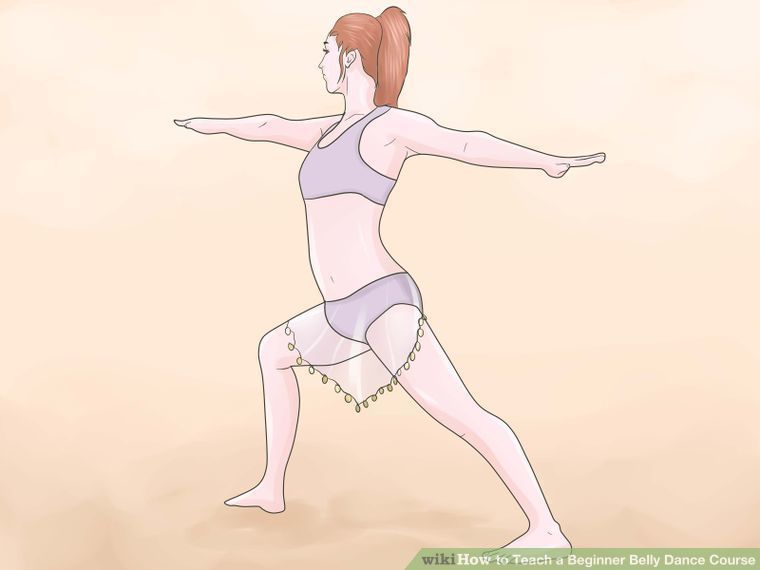 1.1. Collection of personal data
1.1. Collection of personal data Collection of the User's personal data is carried out on the Site when paying for the service.
Personal data provided for in clause 4.1.1. of these Rules are provided by the User and are the minimum required for identification.
5.1.2. Storage and use of personal data
Personal data of users is stored exclusively on electronic media and processed using automated systems, except in cases where manual processing of personal data is necessary in connection with the fulfillment of legal requirements.
5.1.3. Transfer of personal data
Users' personal data are not transferred to any third parties, except as expressly provided for in these Rules.
If the user is specified or if the user consents, it is possible to transfer the user's personal data to third parties-contractors of the Site Administration, subject to the obligation of such counterparties to ensure the confidentiality of the information received, in particular, when using applications.


